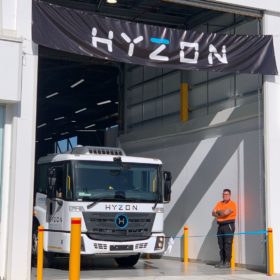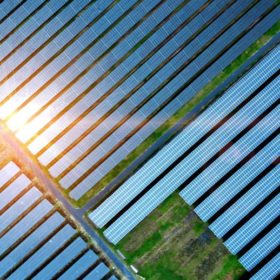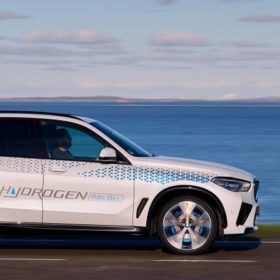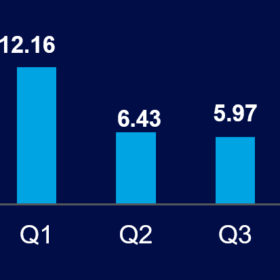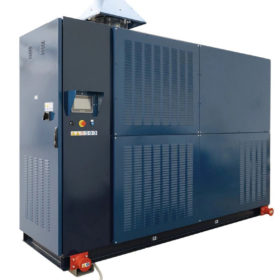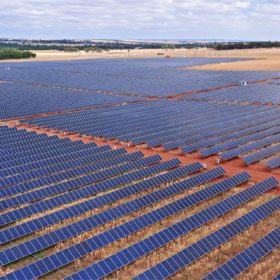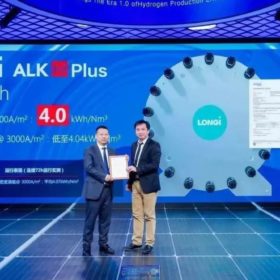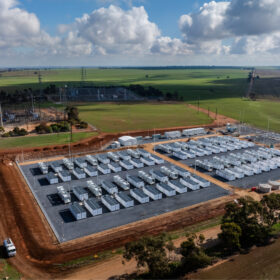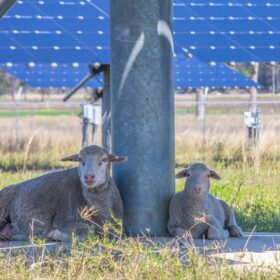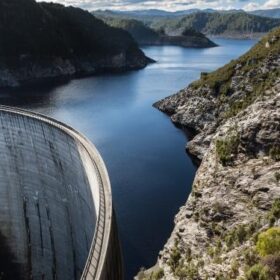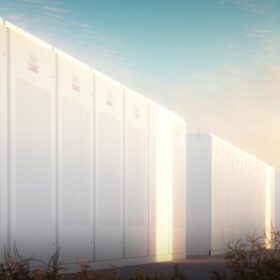H2X tapped for Amazon accelerator program
Australian clean energy startup H2X Global will look to accelerate the development of its hydrogen vehicle power train and fuel cell technology after securing the support of Amazon Web Services, a subsidiary of the world’s largest e-commerce enterprise.
Locally built hydrogen tow trucks to be hauling in Victoria from this year
Hydrogen truck maker Hyzon has launched what is being hailed as Australia’s first locally designed and built hydrogen-powered truck at its regional headquarters in Melbourne. The 27-tonne truck is hitting Australian roads in a series of commercial trials this year, including as part of a longterm partnership with RACV, which has ordered three tow trucks.
Australia singled out as key investment market for Asian majors
Executives from Gentari, the clean energy subsidiary of Malaysia’s state-owned oil company Petronas, and Japan’s biggest steelmaker, Nippon Steel, are eying Australia for future investments in renewables projects and green-steel manufacturing.
NSW commits $1.5 billion in concessions for green hydrogen projects
Two new green hydrogen projects in New South Wales will share in $64 million (USD 43.25 million) in support as the state government looks to accelerate the development of a hydrogen industry which is projected to attract more than $80 billion in private investment.
BMW unveils hydrogen car demonstration fleet
BMW has launched its iX5 Hydrogen vehicle pilot fleet, with plans to start production by the end of the decade. Everfuel and Hy24, meanwhile, have launched a joint venture to accelerate hydrogen development in Scandinavia.
Global hydrogen pipeline plummets in Q4 2022
Wood Mackenzie says in a newly published report that new hydrogen capacity announcements fell year on year in 2022, while researchers claim that green hydrogen heating systems will probably not replace gas boilers in European homes.
Weekend Read: All of the above
Competition is intensifying in the electrolyser space. With the International Energy Agency (IEA) expecting 380 GW of hydrogen production capacity in 2030, four different technologies will likely become prominent as demand spikes. We take a look at the market.
Novel design for high-power PEM fuel cells
UNSW Sydney researchers have developed an algorithm to enhance images of PEM fuel cells, meanwhile South Korean researchers have revealed a scalable production method for platinum-based fuel cell catalysts. Germany has moved forward on its hydrogen strategy by signing agreements with Australia, Belgium, and the Netherlands.
Samsung signs on for Western Australian green hydrogen project
Western Australian clean energy developer Infinite Green Energy will partner with South Korean industrial conglomerate Samsung C&T to develop and build a commercial-scale green hydrogen project that will leverage the existing 11 MW Northam Solar Farm east of Perth.
Longi releases new alkaline electrolyser
China’s Longi claims that its new ALK Hi1 electrolyser can produce hydrogen with an energy content of 4.3 kWh per normal cubic meter. It says the levelised cost of hydrogen could be up to 2.2% lower than other electrolysers on the market.

